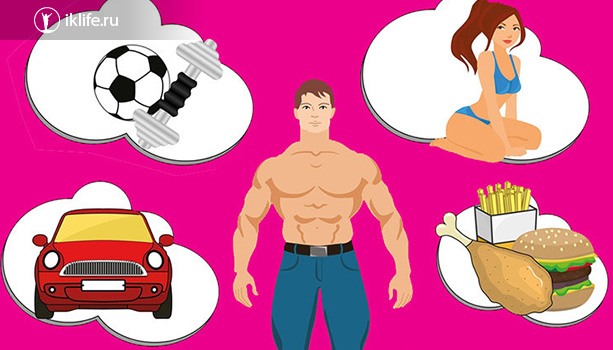Why do we need psychological triggers and how to use them in copywriting?
Hi all. Today I want to tell you about a special technique that makes texts really work - psychological triggers. In most books on copywriting, marketing, I came across them. A trigger in psychology is a message that evokes certain emotions in a person, encourages a certain action.
Do you want to write captivating articles that will literally melt the reader from your work? You need to learn how to use them. And I will help you.
In theory, they are enough to sell any product, idea to a client, but in reality, a copywriter must use several tools.
The most interesting presentation of the technique was by Robert Cialdini in "Psychology of Influence". He described triggers as a natural, unconscious "chip-chip, buzz" mechanism. He told me that if the laying hen is replaced with eggs, she will not even notice, she will continue to hatch them happily. Can you imagine?
Although the psychological impact in the articles does not guarantee a 100% effect, it simplifies the work of the author.
I use a selection of “golden words” here and there. You know what? Information is perceived better than I would write without understanding the psychology of the audience. When a site visitor is emotionally involved, there are more chances of getting the desired result (purchasing a training, product, increasing subscribers, etc.)
If you want to become a top copywriter who works for the result of texts, and not for volume, earning tens, hundreds of thousands, then I advise you to familiarize yourself with the methodology, to understand what it is.
Why triggers will always be effective?
Their principle is based on the work of the brain. They help turn off logic, turn on the right emotions when a person is vulnerable.
The brain is a computational mechanism that processes tons of information per day. The sense organs, transmitting images every second, make him accelerate even more.
In order not to overheat, not to explode, it creates a response algorithm for certain events. We used to call them templates.
For example, when we get up in the morning, we brush our teeth without thinking. We take a brush, spread toothpaste, move it inside the mouth. We can think about anything - a report, a date, shopping, without being distracted by the current action. The brain is partially disconnected from the process in order to unload.
All templates are conditionally divided into:
- Short term. The same example about brushing your teeth, going to the store for bread on the machine.
- Long-term. Study, work, get married, have children - an example of a plan for life, which parents, acquaintances, and teachers are strenuously suggesting to us. No one says that you can turn a hobby into a job or devote yourself to self-development.
From childhood, we are saturated with such patterns as expensive = good quality, made in China = break in a week. Knowing the basic stamps of your audience, you can manipulate it, increase the percentage of sales.
Types of triggers in copywriting and marketing
There are many triggers in marketing. They can be divided according to the types of emotions they evoke:
- anger - to oppose a common enemy;
- happiness - quickly and easily solve the problem, make life more comfortable;
- fear - to be not like everyone else, to become lazy, ungrateful in the eyes of society;
- greed - the desire to buy a new, better product, to receive a free gift.
Before you learn how psychological triggers work, what types of them exist, you need to do one thing - to study your target audience. Then the trigger will fire accurately.
Let's also explore popular psychological techniques that help sell.
Catching on stereotypes

No matter how hard we try to fight pattern thinking, something remains. When we see “made in Germany” on the product label, we understand that it will last a long time.
Boys love tanks and soldiers, and girls love dolls and outfits, we absorb such a stereotype from childhood.
Chinese products are toxic, short-lived - we think when we once again look at the labels of toys, clothes, etc.
Stereotypes are not only a remote control for client manipulation, but also a way to get to know your audience better.
Let's say our product is a game about war, with tanks and other military paraphernalia. Who will play it? That's right, teenagers, men 20 - 45 years old.
I will not deny that gamer girls also exist. What do they love? RPG online with elves, riddles, sometimes even shooters. But I've never met streamer-fans of tanks.
Think about what stereotypes are in your head, how can you use them?
Habit is a weak point
From childhood, we form habits: brushing our teeth, washing our hands before eating, saying “thank you”, etc.
We are all afraid to contradict ourselves, to look impolite. Do you know why we are asked to unselfishly subscribe to the newsletter, provide samples and gifts? To evoke gratitude.
What does a grateful person do? Reciprocates. He buys training, perfumes, recommends the brand, the teacher to friends. This man has done so much for me, and I just pass by?
I will return to the book by Robert Cialdini. There is an interesting case there. The seller of lottery tickets before the start of sales brought one part of the audience a bottle of Coca-Cola for free, the other - nothing. Those who received the gift bought almost half. The drink cost twice as much. We draw conclusions.
Freebie

